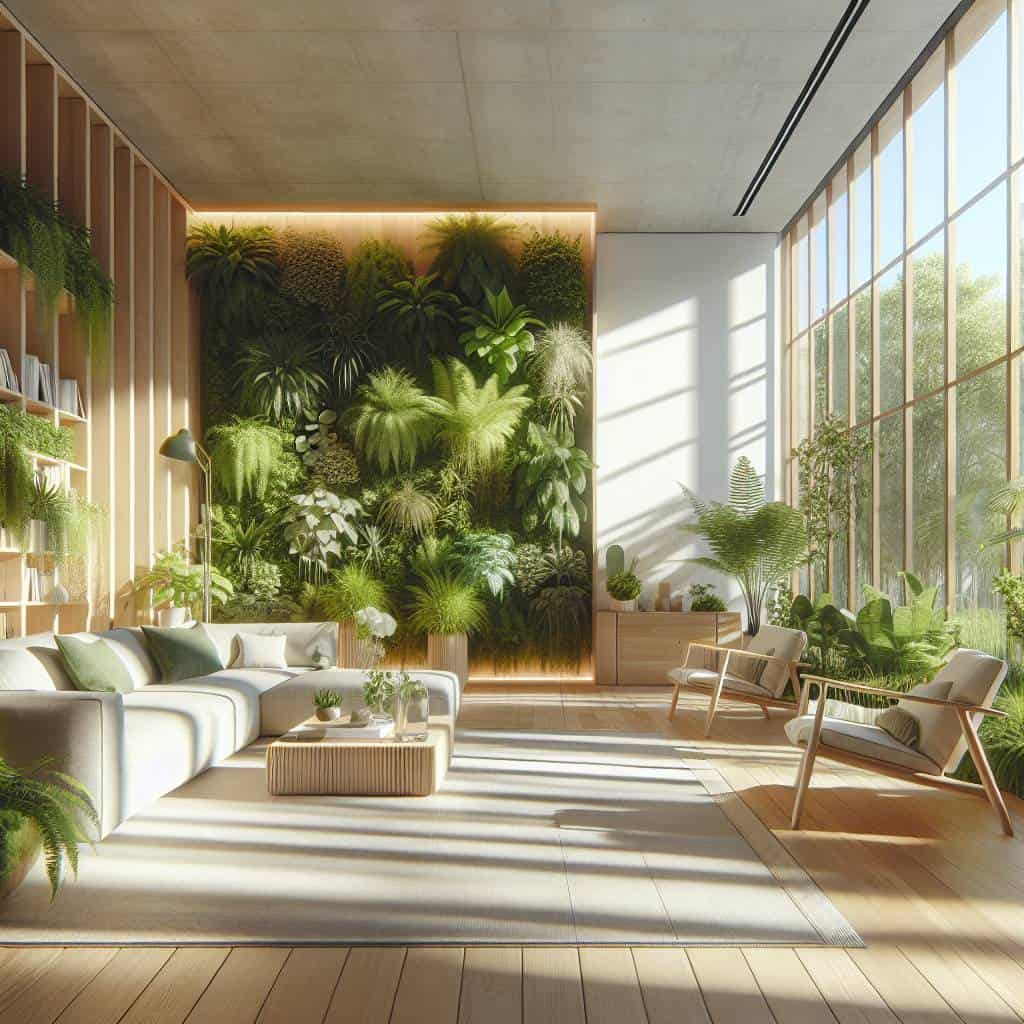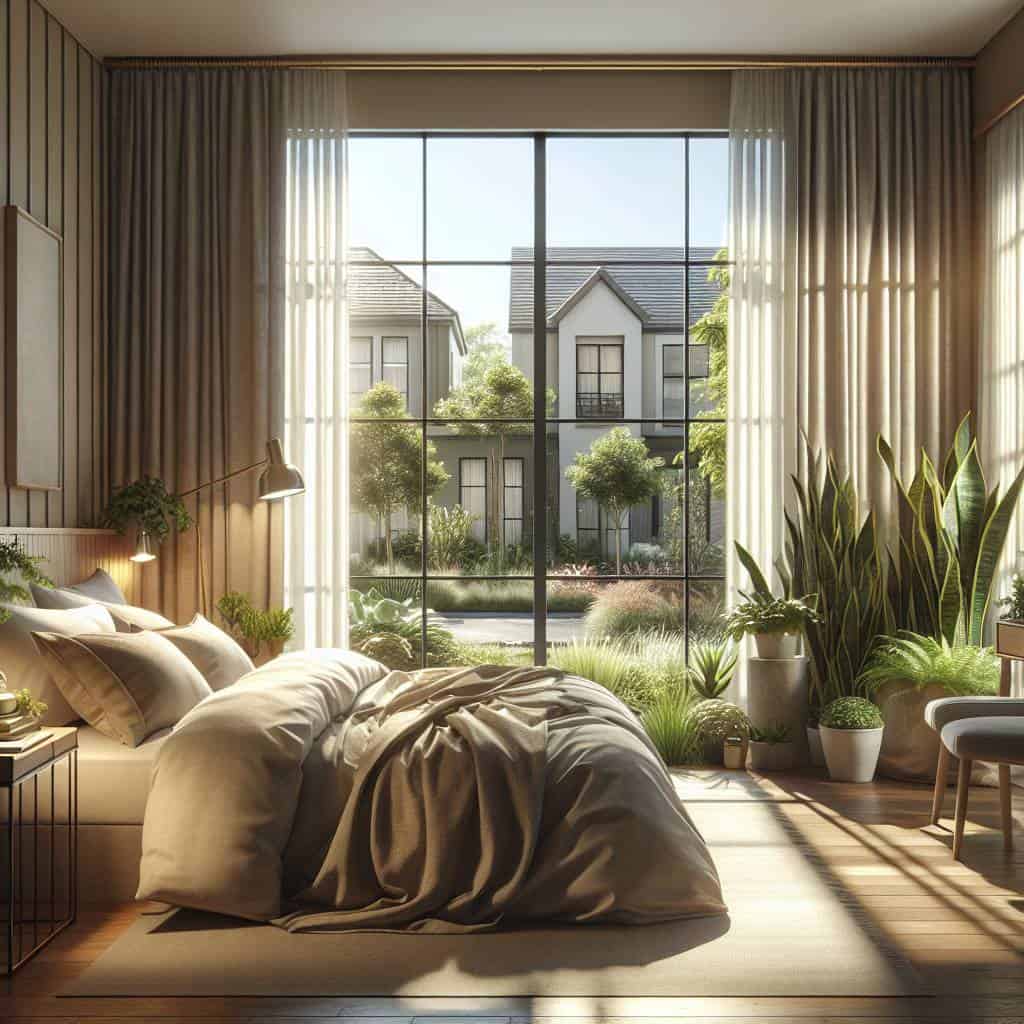I once bought a succulent because I thought it would be the perfect low-maintenance roommate. Spoiler alert: I managed to kill even that, the plant world’s equivalent of a cockroach. But the allure of biophilic design—this odd yet beautiful marriage of nature and human habitat—kept pulling me back in. It’s like the universe keeps nudging us to remember we’re not just inhabitants of concrete jungles but creatures with a primal connection to the earth. And maybe, just maybe, we can learn to coexist with a hint of greenery without it turning into a horticultural homicide.

So, let’s dive into the symphony of biophilic design principles, where we’ll explore how natural materials can transform our indoor spaces into something more than just four walls and a roof. You’ll find out why your soul might crave a piece of the forest in your living room and how to bring nature indoors without resorting to turning your home into a full-blown greenhouse. Together, we’ll wander through concepts that promise to spark your imagination and maybe even convince you—and me—that we can embrace nature without killing it.
Table of Contents
My Love-Hate Relationship with Bringing Nature Indoors
Ah, the age-old tango between my yearning for nature’s untamed beauty and the reality of bringing it inside my four walls. It’s a love-hate affair, this attempt to merge wilderness with domesticity. Biophilic design, they call it, as if the term itself isn’t a wild fern curling around the tongue. My heart leaps at the thought of lush greenery cascading from every shelf, sunlight dancing through leaves like a whispered promise of serenity. But then, my mind reminds me that those verdant dreams often morph into wilting reminders of my neglect, turning my living room into a botanical graveyard.
I find myself caught in this relentless cycle. The allure of natural materials—wood grains that tell stories of ancient forests, stones that echo the whispers of time—calls to me. Yet, their maintenance often feels like a relentless tide. I adore the idea of living walls, those vertical gardens that transform any space into a living, breathing tapestry of green. But let’s be real: I’ve watched more plants succumb to my erratic watering schedule than I care to admit. My thumbs are more rust than green, and each new plant is a hopeful gamble against inevitable brown.
Still, I persevere, because there’s an undeniable magic in this biophilic dance. The earthy scent of soil, the gentle rustle of leaves—it all nudges me closer to that untamed world I crave. It’s a reminder that beneath the mundane veneer of everyday life, there’s a wild pulse waiting to be felt. So, despite the fallen leaves and the occasional plant funeral, I keep bringing nature indoors. Perhaps it’s the stubborn optimist in me, clinging to the belief that one day, my indoor jungle will thrive. Or maybe it’s just my way of inviting a bit of chaos into a world that often feels too orderly. Either way, the dance continues, and I’ll keep stepping on nature’s toes with every attempt.
Nature’s Whisper in Every Corner
Biophilic design isn’t just about adding plants indoors; it’s about weaving the soul of nature into the very fabric of our lives, letting natural materials speak the language of the earth within our walls.
Embracing the Wild Within Our Walls
So here we are, standing at the edge of our manicured suburban lives, daring to let a little wildness seep through the cracks. I’ve tangled with biophilic design like a gardener with stubborn weeds, finding beauty in the chaos of leaves and light. Sometimes I wonder if bringing nature indoors is less about decorating and more about remembering—remembering that we’re not just spectators of the world, but participants in its grand, messy dance.
Every plant I’ve failed to keep alive, every rock I’ve awkwardly placed on a shelf, whispers to me that the natural world isn’t just a backdrop but an invitation. To see the extraordinary in the ordinary. To transform dead spaces into living tapestries that echo the untamed landscapes of my imagination. Maybe that’s the real secret of biophilic design: it’s not about perfection. It’s about letting the wildness inside us find a home, one imperfect, vibrant piece at a time.


